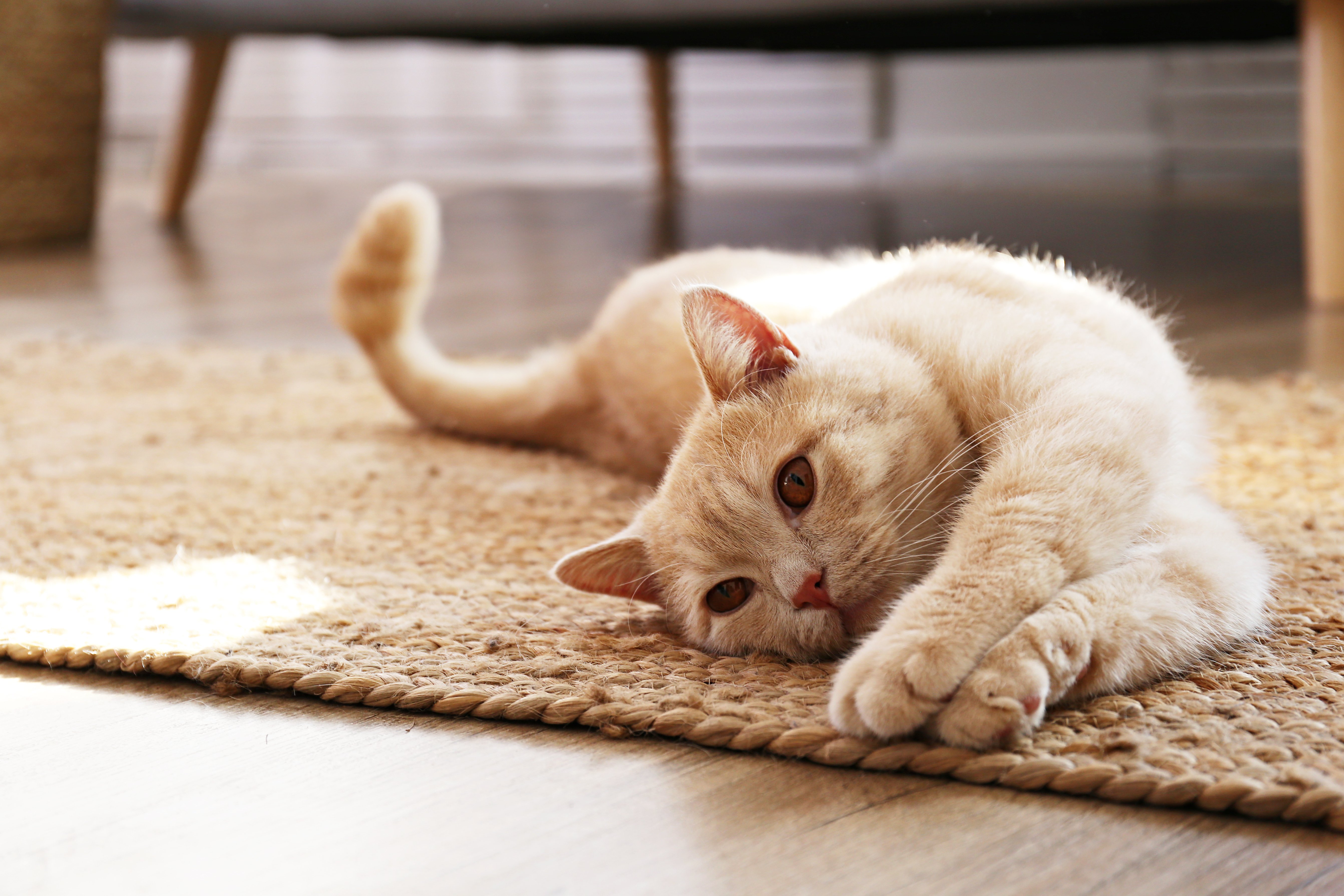A Guide to Recognizing Emotional Cues in Your Cat’s Meowing Patterns

Cats are known for their unique vocalizations, especially meows, which serve as one of the primary ways they communicate with humans. Understanding what your cat’s meows mean can help strengthen the bond you share and ensure their emotional needs are met.
Why Do Cats Meow?
Unlike dogs that bark to communicate with each other and humans, adult cats primarily use meowing as a way to interact with people. Kittens meow to their mothers when they need attention or food, but as cats grow older, they typically reserve this behavior for human interaction. Meowing can signal a variety of emotions such as hunger, discomfort, loneliness, or even contentment.
Common Meowing Patterns and Their Meanings
Recognizing different meow types is key to understanding your feline friend. A short, soft meow often indicates greeting or acknowledgment. A prolonged or repeated meow might express demanding behavior like requesting food or attention. Loud and insistent yowling could signify distress or pain. High-pitched trills may mean excitement or happiness.
Context Matters: Observing Body Language Alongside Meows
To accurately interpret your cat’s feelings, it’s important to consider their body language along with vocal cues. For example, a cat that is purring softly while gently meowing is usually content. Conversely, if your cat is hissing while making guttural sounds alongside an intense stare or flattened ears, it may be feeling threatened or scared.
How to Respond Appropriately to Your Cat’s Vocalizations
Responding suitably helps nurture trust and communication between you and your pet. If your cat is persistently meowing near feeding time, providing food promptly reinforces positive interaction. When the cat seeks attention through gentle vocalizations combined with affectionate gestures like rubbing against you, reciprocate with petting. Conversely, if the meows signal discomfort or illness such as continuous loud yowling without clear cause, consult a veterinarian promptly.
Tips for Improving Communication With Your Cat
Spend time observing patterns in your cat’s vocalizations along with changes in routine that might affect behavior like stress from new environments or household members. Maintain consistent feeding schedules and provide stimulating toys to reduce boredom-related excessive vocalization. Recording audio clips of various types of meows can also help track changes over time and deepen understanding.
By paying close attention to the subtle nuances in your cat’s meows combined with their overall demeanor and environment context clues, you will become more adept at interpreting what they’re trying to tell you emotionally and physically—ultimately fostering a happier relationship for both of you.
This text was generated using a large language model, and select text has been reviewed and moderated for purposes such as readability.











